Bettina Pittaluga

“I find my inspiration in reality, so usually everything is already there.”
When photographer Bettina Pittaluga talks about developing film, she describes it as painting a picture – retrieving the details within the image, matching the exact skin tone of her subject. If the photographer finds joy in the technical processes of her work, it’s equally joyous to look at the final result. It is evident in Pittaluga’s photography that she approaches the development of each photograph in the context of its individual circumstance, ‘painting’ colour as it is most appropriate. In the broadest sense, her photography evokes a warmness, which Pittaluga communicates in different ways. Sometimes, her images are so dark that it’s only in the contrast of illuminated features that we see the subject, as in Pittaluga’s portrait of Dior’s Maria Grazia Chiuri for Le Monde’s M magazine. Elsewhere, her work highlights barely the curves of an upper arm, the contours of a profile, or the soft glow of a pregnant stomach. But other images can feel like an explosion of colour – a vivid red, or a minty green. It just depends on the natural lighting that the photographer finds herself working with.
Pittaluga’s photography is defined by the moment that it captures; natural lighting plays a part in that, but so does the emotional bond that the photographer forges with her subject. Regardless of whether she is working on commercial and personal projects, Pittaluga maintains that having a connection to her subject is essential. “My way of communicating does not change,” she tells NR, “I will always be looking for what the person wants to give me.” In a way, Pittaluga is sharing with the viewer what the person, or people, she photographs wanted her to see in the first place. The issue’s theme of celebration is an apt opportunity to contemplate Pittaluga’s work (or, rather, celebrate it) because every image is a celebration of some kind. Whether photographing a milestone – birth, love, and so on – or just capturing a moment that becomes immortalised by her camera, Pittaluga’s work is always a celebration of being human.
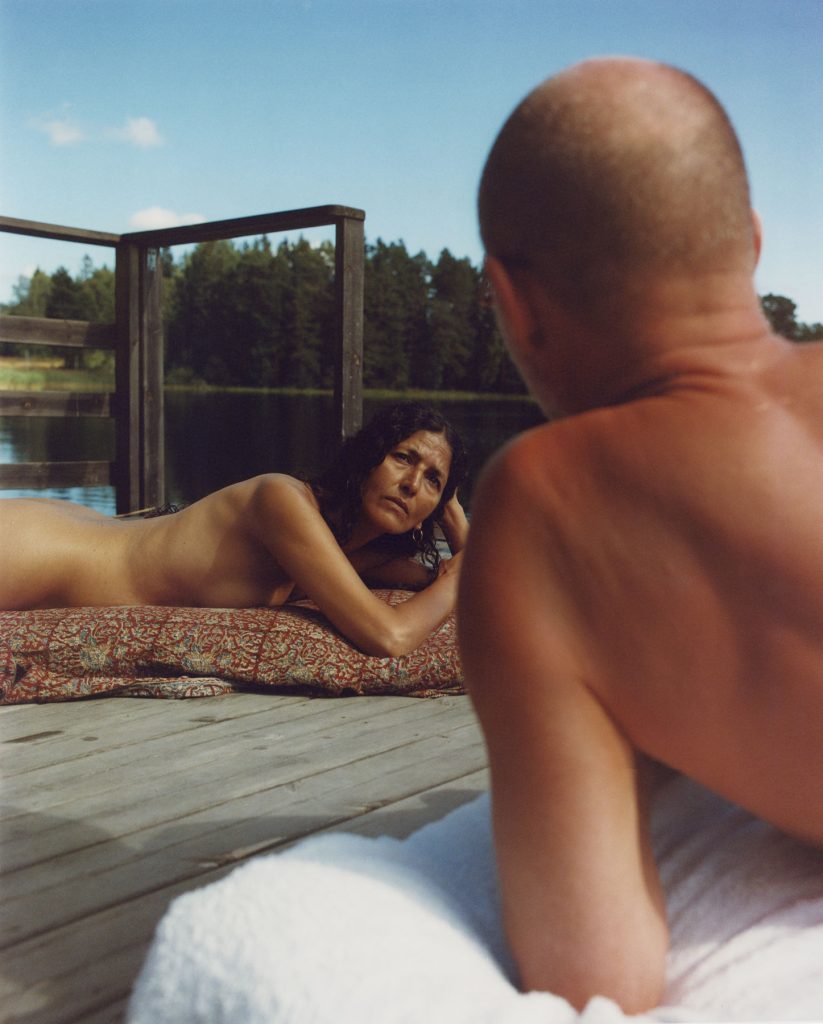
NR: There’s a warmth and intimacy to your work and the way you photograph people; is this an approach that you’ve always had in your work, or something that you’ve adapted over time?
BP: I don’t think I could take a photograph in another way. I think the way I photograph is intrinsically linked to the way I communicate; I need to communicate with the other person in order to capture them, in every sense of the word.
NR: You’ve previously mentioned the importance of forging a relationship with the person you’re photographing, whether that’s over a couple of minutes or much more established over time. But besides that, are there any other fundamentals that are important to a good photograph?
BP: I would say that the fundamental thing in a good photograph is to convey a truth; the reality of the moment. Of course, I need intimacy too, but I am always looking for truth. That’s the thing that want me to take a photo.
NR: When it comes to a composition, how much of the staging is a collaboration with the subject?
BP: I find my inspiration in reality, so usually everything is already there. I don’t prepare the set; it’s much more about lighting – natural light – which give me an idea of what I want. I also look for the shape and the form that I see with the light; the colours; the way the person is sitting or looking. Suddenly, it’s like I see something – I don’t know how to describe it because it’s very instinctive.
“When I am looking at the picture [afterwards], I can recognize the composition, but I would not be able to explain it when I am taking them.”
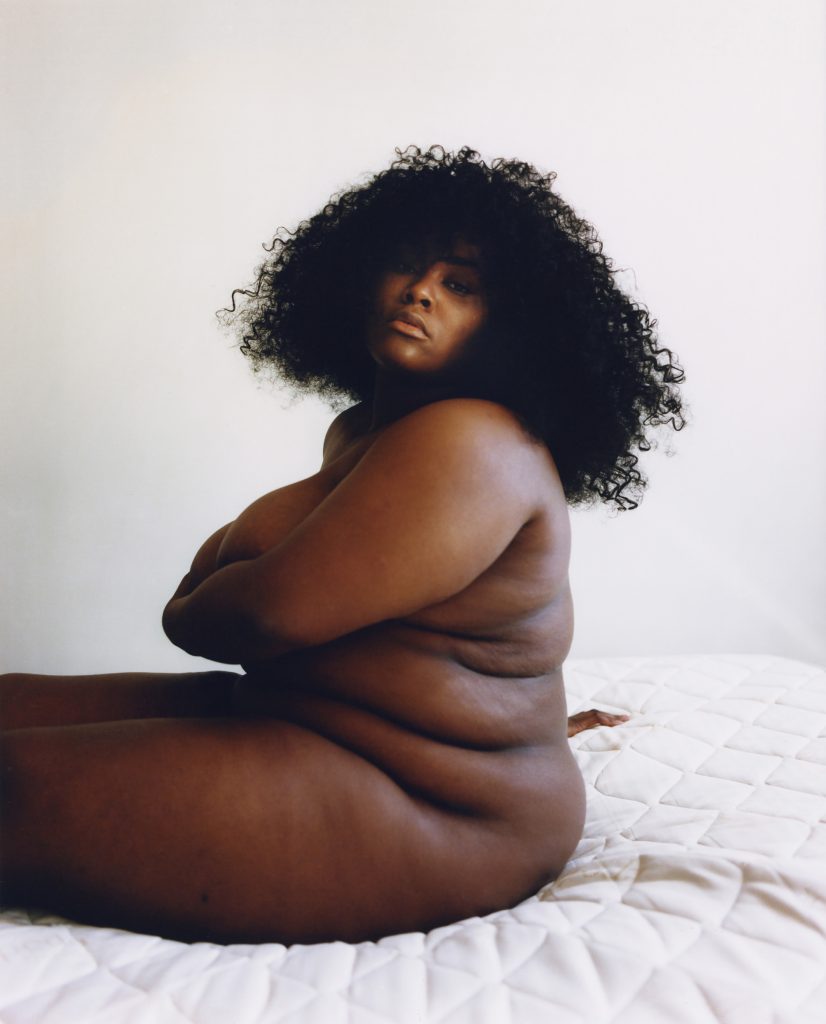
NR: What’s so compelling about your work is the fact that it doesn’t, as you say, look staged. It looks very natural.
BP: I love to shoot people in their own home because of that. I know that I will find something very intimate, not because of the intimacy, but because you can really learn about the person. Usually, I don’t know where I’m going to [shoot], so the only thing that I will ask is whether there is natural light that I can play with. But then it’s also a conversation. Sometimes people are like, “what should I wear?” and I always respond by asking, “how do you want to be represented?” I really want the person to feel comfortable and to be represented like this. And then it’s just about materials and colours – because the lighting is not the same with silver, or it’s not the same with pink or green. But again, it’s about the moment – it’s a feeling actually.
“The detail is the most important thing, it’s the emotion, which I cannot prepare in advance.”
It depends on the person in front of me. I’m following [them] in a way, I’m following what they want to give.
NR: You mention how different colours can affect the photo. Over the course of your time as a photographer, have you learned different techniques for using colour and how it will affect a photograph?
BP: I started photographing in black and white at first because I wanted to develop the film myself. I wanted to know how it works, so it was very important for me to oversee the whole process from beginning to end, when you have the pictures actually in your hand. People [had] said that it was very complicated to develop colour. And it’s really not the same process, it’s very long. But I learned how to develop colour two years ago. I think it’s true that I can see the evolution in my work [when] colour suddenly had more importance. Developing colour is like painting, it’s amazing. You have something neutral, and you can add the colours that you saw. At first, I spent, I don’t know, like seven hours on the same picture, just playing with colours, getting the exact colour of the person’s skin. By developing yourself, you can get great reds, or a really great yellow – so it’s true I am more obsessed by colours now than before. And it’s also about seeing colours with light – it’s a completely different world. Before, maybe I was seeing in black and white without knowing it, and now I can see colour.
NR: When you do the whole process yourself, it changes the way you feel about it – you don’t just press the button and wait, it’s the whole thing.
BP: I don’t take that many pictures because, with analogue, I only have ten pictures per roll.
“That’s why I love this process because it’s about taking time, I’m not in a hurry. “
Well, sometimes I only have one minute to take a photograph, but sometimes you can be really in the present and one minute feel long, so it’s how you take the time. That’s why I really love it also, it’s about taking time.
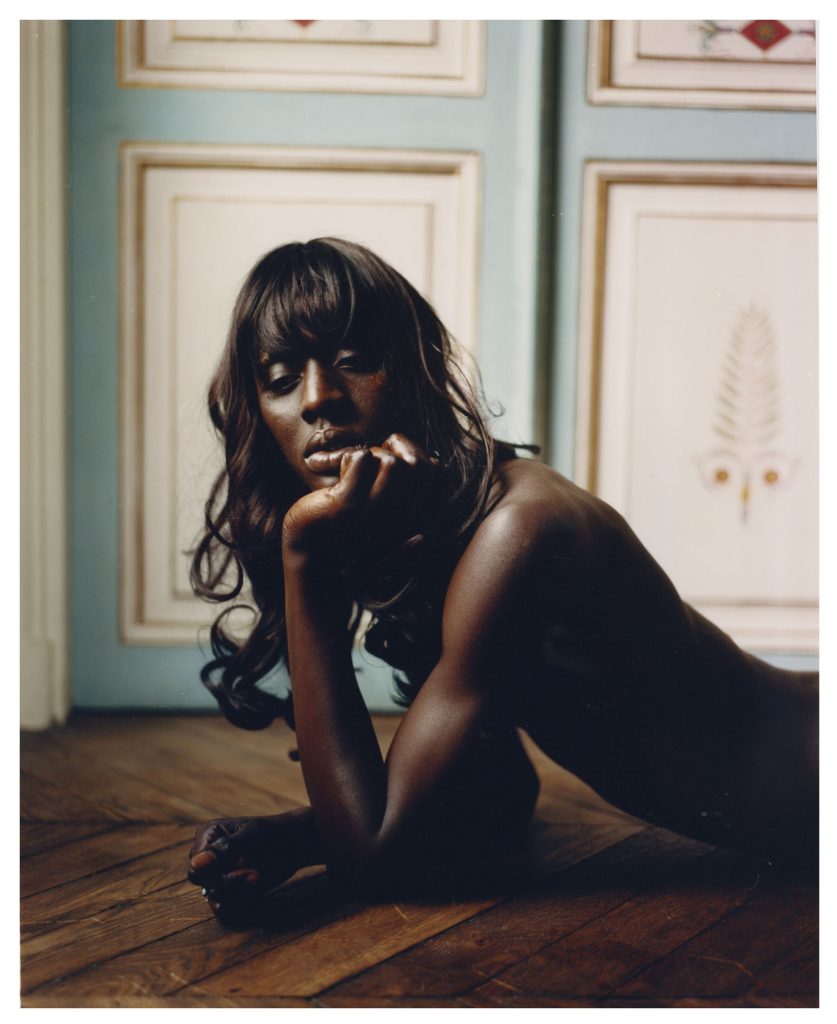
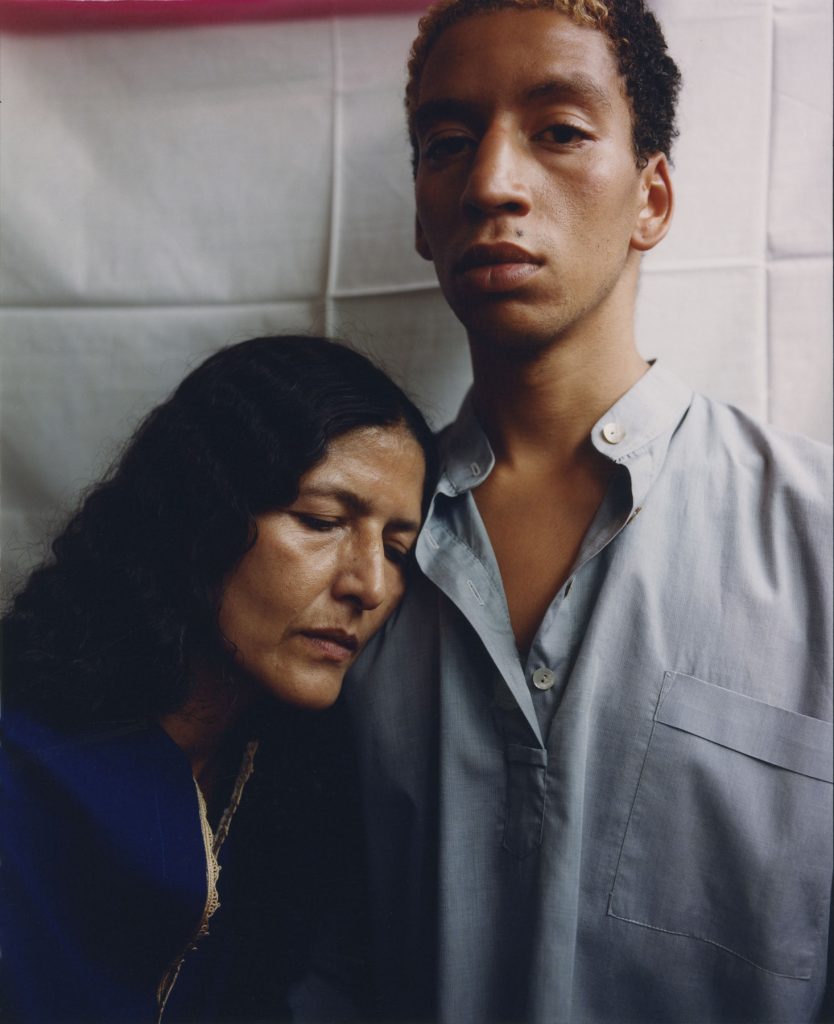
NR: It’s interesting that you describe developing colour film as being almost like a painting and it made me think, do you see your work as more being about reportage? Or is it more art?
BP: I don’t like labels and I don’t see my work as just one thing, but maybe I’m a portraitist? It’s more this way that I see my work, but it can be a lot of different things. It can be a portrait for press [work], or it can be more artistic. But I always feel poetic. No matter what the project, at the end of the day, it’s about human beings so, that’s why I think I identify more as a portraitist because most of my work is about human beings.
NR: The theme of this issue is celebration and I guess what’s lovely about your work is the way that it celebrates people, it celebrates the human form and the diversity of what it means to be a person. How do you feel celebration comes across in your work?
BP: Actually, I’m so glad you asked that. I think it’s one of my favourite questions ever and this is the first time that someone has asked. To be asked as a photographer to photograph a celebration of any kind – celebrating a child, love between two people, a transition: any kind of celebration. To me, it’s truly an honour. I think it’s the most beautiful thing about my job to be given this extraordinary trust and to be there together, to celebrate, because in a way, I am also celebrating that moment, you know?
NR: I think that ties in with something I wanted to ask you, which is that you’ve spoken previously about the concept of beauty and authenticity, whether that’s a relationship, or of a moment. How much of your role as a photographer is about being there, in that moment, and how much of it is just about pressing the button and waiting for that one shot?
BP: I don’t think you can separate one from the other. And maybe that’s what’s magical in the end – to be able to share the present together and look at it later in pictures. Usually now, with social media, we can take pictures all the time. [So as a photographer], it’s also about the fact that you cannot look at [the photographs] because it’s analogue.
“I cannot look at it straight after, so in a way, I continue to be in the moment.”
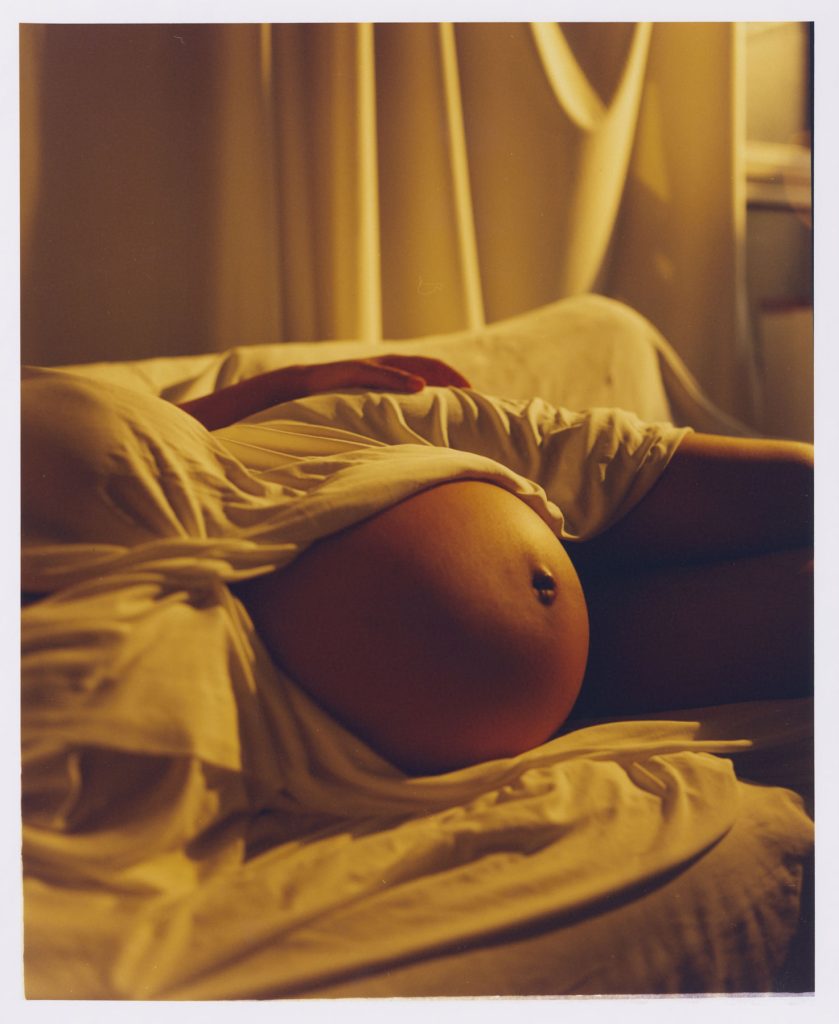
NR: As an analogue photographer, does having access to instant photography, with a phone and on social media, does it make you appreciate film more?
BP: I feel lucky to live in a moment of time when it’s so easy to take pictures. My cameras are very big and heavy, so I cannot have them [on me] all the time. To be able to take pictures anytime – and I film a lot because I like that an instant can last more than just a second, it can be longer. I love being able to record a long moment of softness or a long moment that I found beautiful. So, I’m always recording with my phone, and I love it so much, it’s amazing to be able to record so many things that inspire me in the day. No kidding, I think I have 30,000 videos [on my phone] and I buy a lot of memory. As a human being, it’s my way to express myself, to take 100 pictures of a flower in front of me if I want. It’s freedom. But with analogue, like I said, I really draw a portrait of someone, so it takes time and I love that.
Credits
Images · Bettina Pittaluga
https://www.instagram.com/bettinapittaluga/